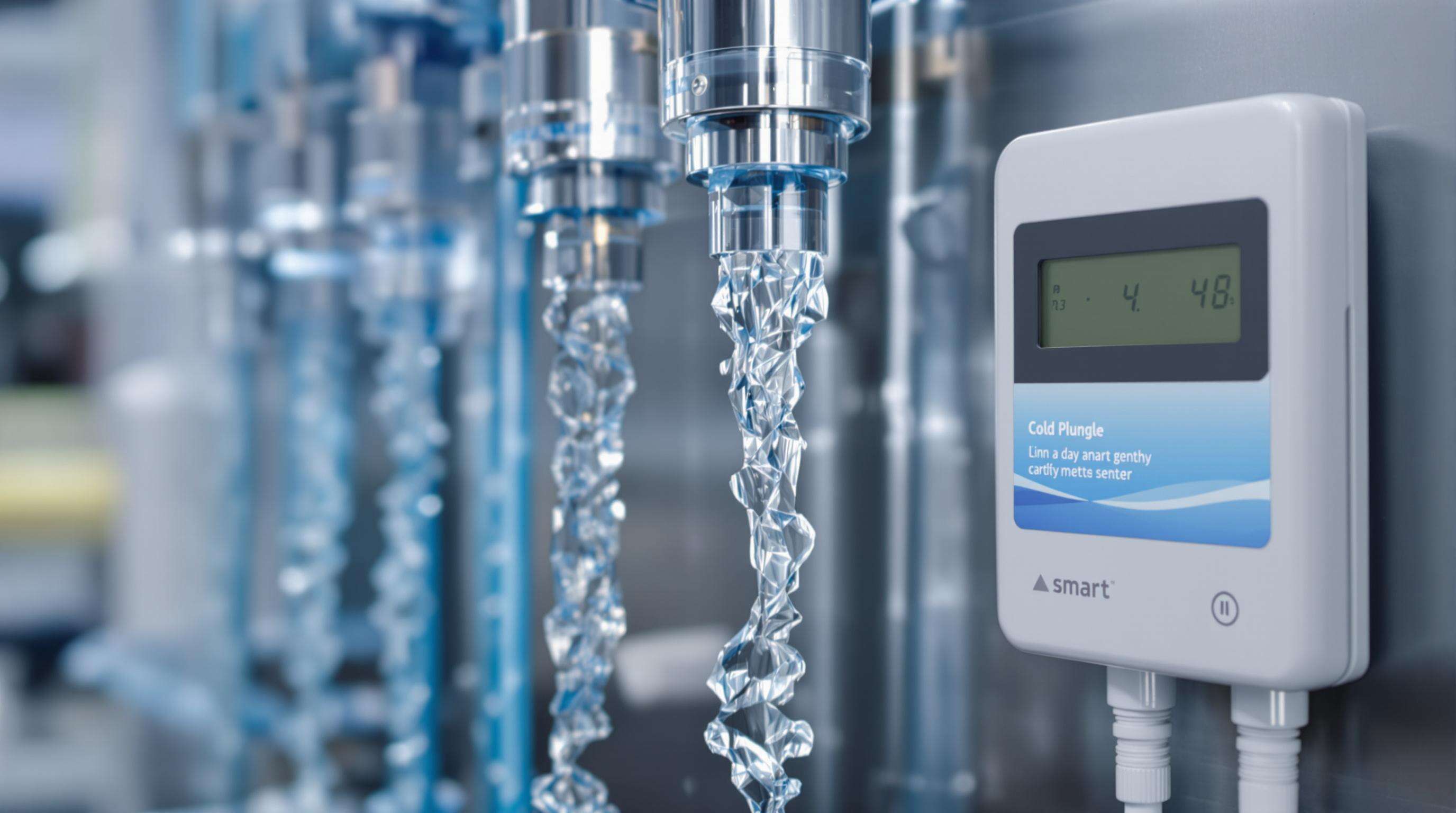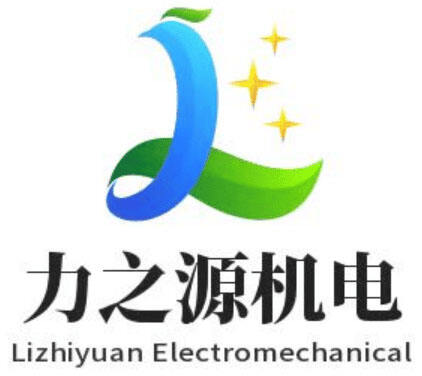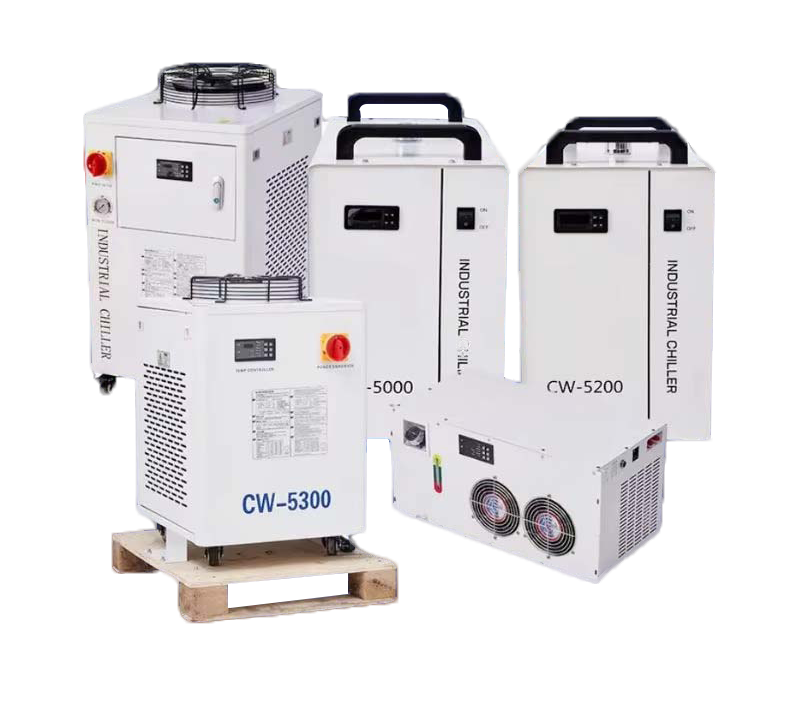What is a Cold Plunge Chiller and How Does It Work?
Cold plunge chillers are basically refrigeration units that keep water temps right around 35 to 55 degrees Fahrenheit, which translates to roughly 1.6 to 12.8 Celsius for those who still think in metric. The system works by running a compressor that pushes coolant through coils sitting underwater in the tub. These coils pull heat out of the water and send it away through something called a condenser unit located outside the tank. Nearly all setups come with a water pump too. This helps mix things up so the whole tub stays at similar temps instead of having warm spots near the top. Plus, these pumps usually have filters attached that catch bits of hair and other stuff floating around in the water.
The Importance of Matching Chiller Size Based on Tub Capacity
Undersizing leads to 37% longer cooling times (RHTubs 2023) and compressor overwork, while oversizing wastes energy and increases costs. To size correctly:
- Calculate water volume (gallons) using Length × Width × Depth × 7.48
- Determine Δt (temperature drop) between tap water and target
- Account for ambient heat gain—garages add 15—20% load versus climate-controlled rooms
A 200-gallon tub needing a 25°F drop requires 50% more BTUs than a 100-gallon system with the same Δt.
Key Performance Metrics: Cooling Capacity vs Horsepower Explained
| Metric | Purpose | Ideal Range |
|---|---|---|
| BTU/hr | Measures actual heat removal | 4,000—12,000 BTU/hr |
| Horsepower (HP) | Indicates compressor power | 1HP—2.5HP |
A 1HP chiller producing 9,000 BTU/hr outperforms a 1.5HP model rated at 7,500 BTU/hr. Always prioritize BTU ratings over horsepower when comparing systems, as compressor efficiency varies by design.
Calculating BTU Requirements for Your Cold Plunge Chiller
How to calculate water volume for ice bath tubs accurately
First things first, get those measurements right. Grab a tape measure and check out the inside of your tub in inches. We're talking length times width times depth here. Once you have those numbers, do some quick math. Multiply them all together then divide by 231 since there are 231 cubic inches in a gallon. Makes sense? For tubs that aren't perfect rectangles or squares, forget the calculations. Just grab a standard 5 gallon bucket and start filling it up bit by bit. Count each time you pour water in. This old school method actually works better than trying to guess, especially when picking out the right sized chiller later on. Trust me, nobody wants to undersize their equipment because they miscalculated.
Determining temperature drop (Δt) based on tap and target temperatures
Subtract your desired plunge temperature from your average tap water temperature to find Δt. For example, cooling 55°F tap water to 45°F requires a 10°F Δt. Higher temperature drops (25°F+) demand chillers with 20—30% excess BTU capacity to offset heat gain from ambient air and user body heat.
Step-by-step BTU/hr calculation for chiller sizing
Use this industry-standard formula:
- 1. Multiply gallons by 8.33 (weight of 1 gallon in pounds)
- 2. Multiply result by Δt
- 3. Divide by 24 hours for daily use cycles
Example:
(300 gallons × 8.33 lbs) × 20°F Δt = 49,980 BTU × 24h = 2,082 BTU/hr
Example: BTU requirements for a 300-gallon tub with 20°F Δt
A 300-gallon cold plunge tub requiring a 20°F temperature drop needs a chiller rated for 2,100 BTU/hour under ideal conditions. For installations in garages or outdoors, experts recommend increasing capacity by 15—25% (2,400—2,600 BTU/hr) to counteract environmental heat transfer.
Matching Chiller Horsepower to Tub Size and Usage Demands
Differences Between 1HP and 2HP Chillers in Real-World Performance
Cold plunge chiller horsepower correlates with cooling capacity, but real-world performance depends on tub size and usage demands. A 1HP unit typically supports residential setups up to 300 gallons, reaching 45°F in 4—6 hours, while a 2HP commercial-grade chiller handles 500+ gallons with cooldowns under 2 hours. Key differences include:
How Frequency of Cold Plunge Usage Affects Chiller Sizing
Daily users should select chillers with 30% more capacity than occasional users to maintain stable temperatures. A 150-gallon tub used twice daily benefits from a 1.5HP unit, whereas a 1HP model suffices for weekly use. Frequent operation accelerates wear in undersized systems by up to 80% (Plunge Systems Journal 2024).
Water Volume and Its Impact on Chilling Speed and Recovery Time
Every 50-gallon increase adds 25—40 minutes to initial cooldown times. A 1HP chiller cools 200 gallons by 20°F in 3.2 hours but struggles with recovery during consecutive sessions. For tubs exceeding 400 gallons, maintaining manufacturer-recommended flow rates is critical—systems lose 15% cooling capacity for every 10 GPM below optimal circulation.
Controversy Analysis: Over-Sizing vs Under-Sizing Your Chiller
While oversized chillers consume 12—18% more energy, undersized units are 4.3x more likely to fail prematurely. Industry data shows 92% of users prefer slightly over-sized models (1.2x calculated needs) for reliability. Strategic over-sizing (25%) provides a buffer for usage spikes without significant efficiency loss.
Environmental and Installation Factors Affecting Cold Plunge Chiller Efficiency
Impact of Ambient Temperature on Chiller Performance
Ambient temperature significantly affects efficiency—chillers work 18—34% harder in 90°F environments than in 70°F conditions (ASHRAE 2023). Summer heat increases energy consumption by 1.5—2× due to heat gain through tub walls and surface evaporation. Thermal shielding and shaded installation can reduce this load by 15—20%.
Common Chiller Sizing Mistakes: Ignoring Environment and Garage Installation
Over half of performance issues stem from improper placement in enclosed spaces like garages. Chillers require 36—48 inches of clearance for airflow; installations against walls reduce heat dissipation by 30—40%. In southern climates, garage setups experience 22% longer cooldown cycles due to radiant heat from concrete and poor ventilation.
The Role of Insulation in Reducing Cooling Load and Energy Use
High-density foam insulation reduces thermal transfer by 70—85%, allowing chillers to maintain 50°F water with 37% less runtime. Insulated plumbing connections prevent BTU losses equivalent to 0.25 hp of cooling capacity. Properly sealed, insulated systems in climate-controlled spaces maintain temperature stability within ±1.5°F over 24 hours, compared to ±5°F in uninsulated setups.
Optimizing System Performance: Flow Rate, Filtration, and Smart Features

How Proper Pump Sizing Supports Chiller Cooling Capacity (BTU Ratings)
Getting the right size pump matters because it keeps water flowing at speeds that work with what the chiller can actually handle in terms of BTUs. These days most modern pumps come equipped with specially designed impellers that typically move between 30 to 50 gallons each minute, which helps chillers reach their full potential. When pumps are too small or way too big for the job, things start going wrong pretty fast. The heat transfer just doesn't happen as efficiently anymore, sometimes dropping down by around 20 percent. This happens either from all sorts of turbulence in the system or simply wasting energy that could be put to better use elsewhere in industrial settings.
Factors Affecting Chiller Efficiency: Filtration and Water Circulation
Effective filtration prevents biofilm and debris from insulating heat exchange surfaces.
| Performance Factor | Impact on Chiller Efficiency | Optimal Range |
|---|---|---|
| Filter Micron Rating | 20 microns maintains 98% thermal conductivity | 5—15 microns |
| Circulation Rate | 1 full water turnover every 2 hours | 0.5—0.8 GPM per BTU |
| Flow Velocity | 4—6 ft/sec maximizes heat exchange | 8 ft/sec |
Systems combining cartridge filters with daily circulation routines show 18% faster temperature recovery (Aquatic Engineering Journal 2023).
Trend: Smart Chillers With Adaptive Cooling Based on Usage Patterns
The latest cold plunge chillers are getting smart with IoT sensors and machine learning built right in. What does this mean? Well, these advanced systems actually learn from how people use them over time and tweak their cooling cycles accordingly. Energy savings can be pretty impressive too, around 25 to 30% cut down during those slower hours when nobody's using the facility. The real magic happens with these adaptive algorithms that kick into action just before workout sessions start, making sure the water gets nice and cold quickly but still keeps running efficiently between users. This kind of tech makes all the difference for places like gyms or sports clinics where customer traffic fluctuates throughout the day.
FAQ
What is the recommended temperature range for cold plunge chillers?
The recommended temperature range for cold plunge chillers is between 35 to 55 degrees Fahrenheit, which is approximately 1.6 to 12.8 degrees Celsius.
Why is it important to match chiller size with tub capacity?
Matching chiller size with tub capacity is crucial to avoid longer cooling times and energy wastage. Undersized chillers can cause compressor overwork, while oversized chillers expend unnecessary energy.
How does ambient temperature affect chiller efficiency?
Chillers operate more efficiently in cooler environments. In higher ambient temperatures, chillers have to work harder, which increases energy consumption.
What should be considered for garage installations of chillers?
For garage installations, ensure adequate clearance for airflow and consider the impact of radiant heat from concrete or lack of ventilation on chiller performance.
How can insulation improve chiller efficiency?
Insulation can reduce thermal transfer, allowing chillers to maintain lower water temperatures with less runtime and energy consumption.
Table of Contents
- What is a Cold Plunge Chiller and How Does It Work?
- The Importance of Matching Chiller Size Based on Tub Capacity
- Key Performance Metrics: Cooling Capacity vs Horsepower Explained
- Calculating BTU Requirements for Your Cold Plunge Chiller
- Matching Chiller Horsepower to Tub Size and Usage Demands
- Environmental and Installation Factors Affecting Cold Plunge Chiller Efficiency
- Optimizing System Performance: Flow Rate, Filtration, and Smart Features
- FAQ

